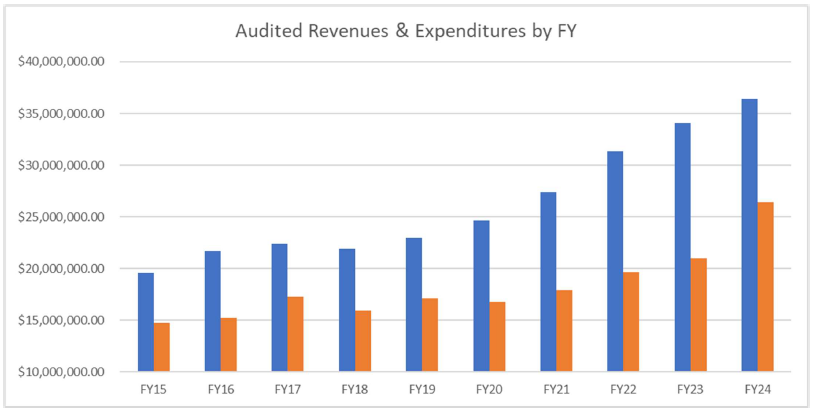Sewage, pesticides, even fire ants among floodwaters’ hidden health risks
Published 6:17 pm Tuesday, August 29, 2017

- Janice Letbetter, Tina Williams and Lainie Jeter work as volunteer nurses at a shelter for storm evacuees at Huntsville High School in Huntsville, Texas. Public officials say the health risks for Harvey evacuees are many, but they may not become totally clear until the waters recede.
AUSTIN – When the floodwaters recede in storm-ravaged Texas, many public health concerns will remain.
There’s the raw sewage, the mold that will try to grow throughout flooded homes and the remnants of other hazardous materials. All are among the threats that will stick around in southeast Texas once the devastating floodwaters have moved on.
Trending
The full scope of these threats, though, still remains to be seen.
“Everything’s under water right now,” said Renee Funk with the U.S. Centers for the Disease Control and Prevention in Atlanta.
Harvey may go down as the wettest storm in U.S. history, the National Weather Service announced Tuesday. The current record goes back to 1950, when tropical cyclone Hiki dumped at least 52 inches of rainfall on Hawaii. It’s possible that Harvey, which made landfall Friday as a Category 4 hurricane before weakening to a tropical storm, has exceeded that, according to NWS.
The continued rainfall on Tuesday means being swept up in floodwaters is still the biggest threat. There are also some hidden dangers in those waters, such as snakes, downed power lines and – perhaps most surprising – flotillas of fire ants.
Carbon monoxide poisoning, brought on by using a portable generator indoors or under any kind of shelter, is also still a major concern.
“It’s a unique situation that’s going to require massive cleanup efforts and an ongoing situation that poses numerous challenges and dangers right now for the residents of those areas affected by the flooding,” said Chris Van Deusen, media relations director with the Texas Department of State Health Services.
Trending
But once the rain stops and the waters subside, a new cast of health worries will roll in.
“The good part is that there is so much water that that tends to dilute whatever is in the water,” Funk said of the waist-high floodwaters seen in many Gulf Coast communities.
“So that is helpful,” she added. “As the water starts to go down and the volume shrinks, it will be a little bit more of a concern.”
Funk said the main concerns are chemicals, such as pesticides that may have floated out of garages, and sewage spills. About a dozen sanitary sewer overflows had been reported to the Texas Commission on Environmental Quality as of Tuesday.
“Floodwaters may contain many hazards, including infectious organisms, intestinal bacteria and other disease agents,” the commission said in a statement. “Precautions should be taken by anyone involved in cleanup activities or any others who may be exposed to flood waters.”
The best thing people can do to counter the risk is follow local boil water advisories, experts say. Residents with private wells may also have contaminated water.
And if avoiding floodwater is not possible, people are urged to shower or clean up as soon as possible. Do not consume the floodwater in any way, including food that has come into contact with it.
“It’s not always possible, of course, to totally avoid the water in situations like this for people having to get out of flooded areas, but in those cases, people need to be as careful as possible,” Van Deusen said.
The long-term health threat, though, is not an infectious disease. Even the spread of Zika, a mosquito-born illness, is not the chief concern at the CDC right now, Funk said. The mosquitoes that prefer floodwaters tend to be just nuisance insects, she said.
“Honestly, the more long-term thing can be mental health issues,” she said. “People lose their home, they’re displaced and they end up feeling depressed.”
As of early Tuesday, nearly 16,000 people had sought out a shelter, according to a Texas Department of Public Safety report. Half of them were at the convention center in Houston.
Jill Nolin is a reporter for CNHI’s newspapers and websites. Reach her at jnolin@cnhi.com. Matt Smith also contributed to this report.




